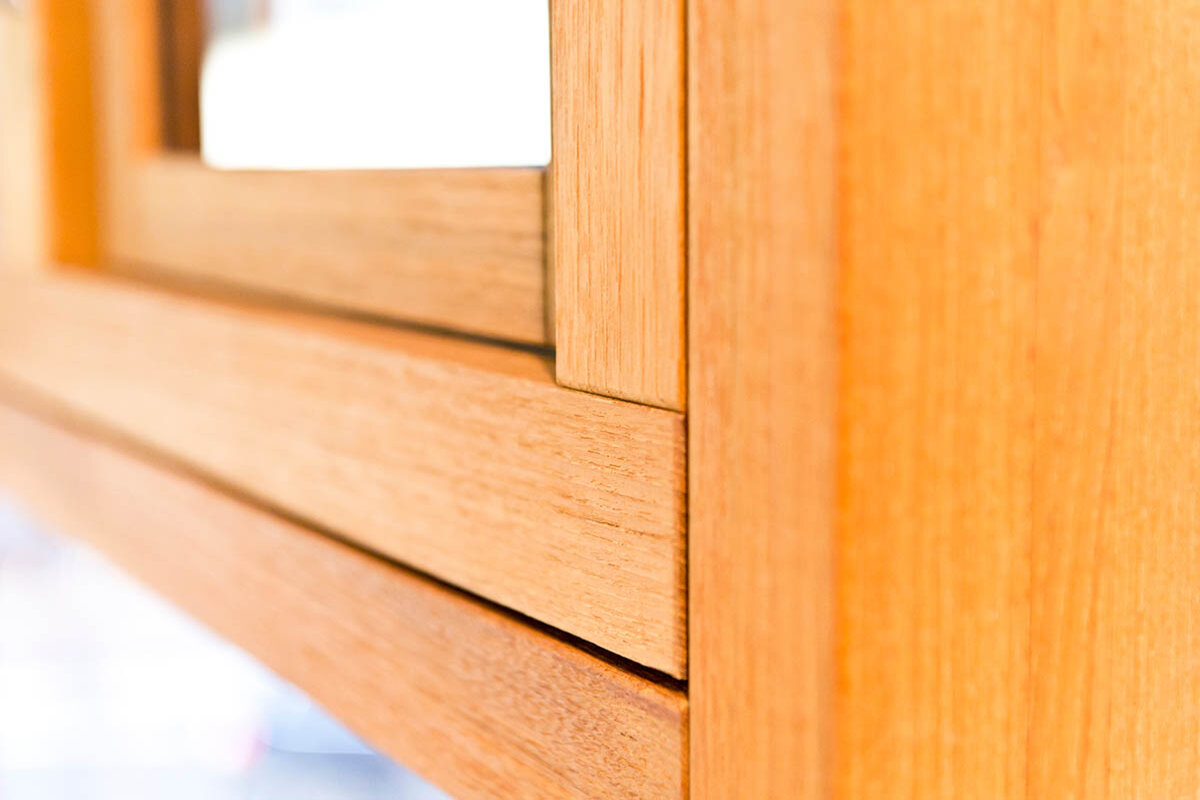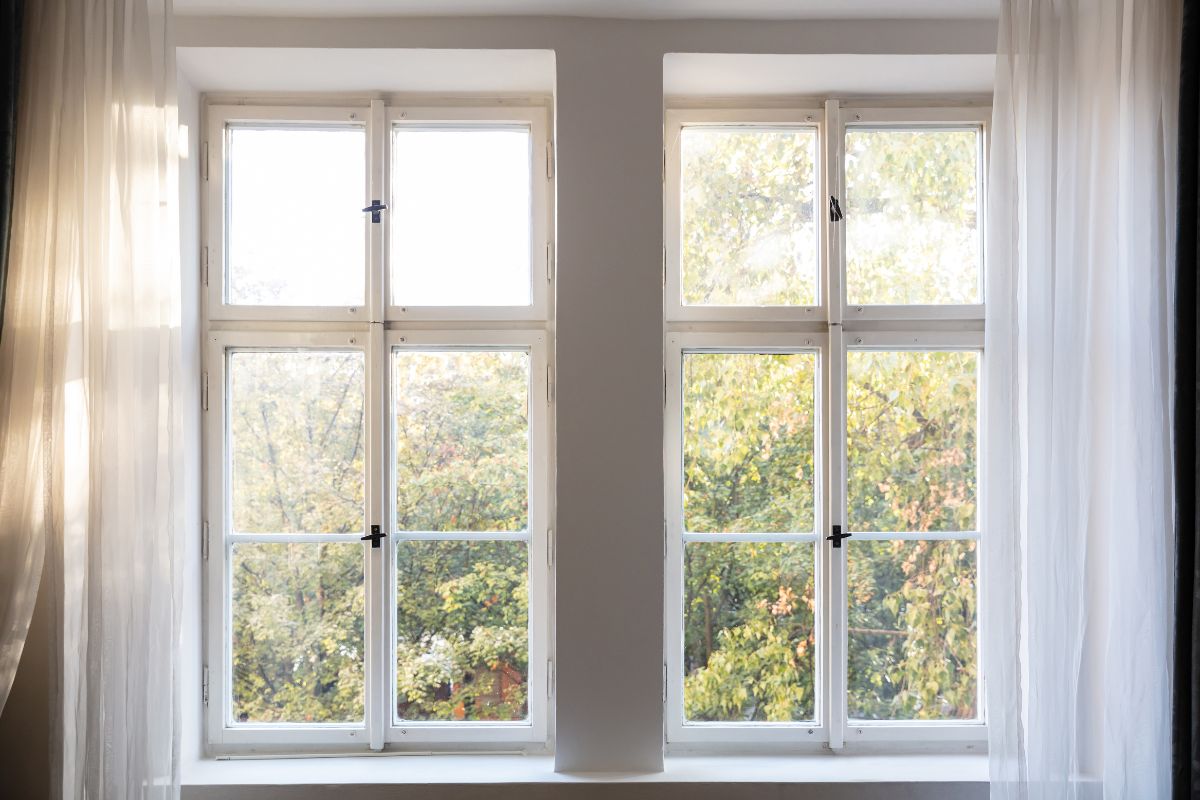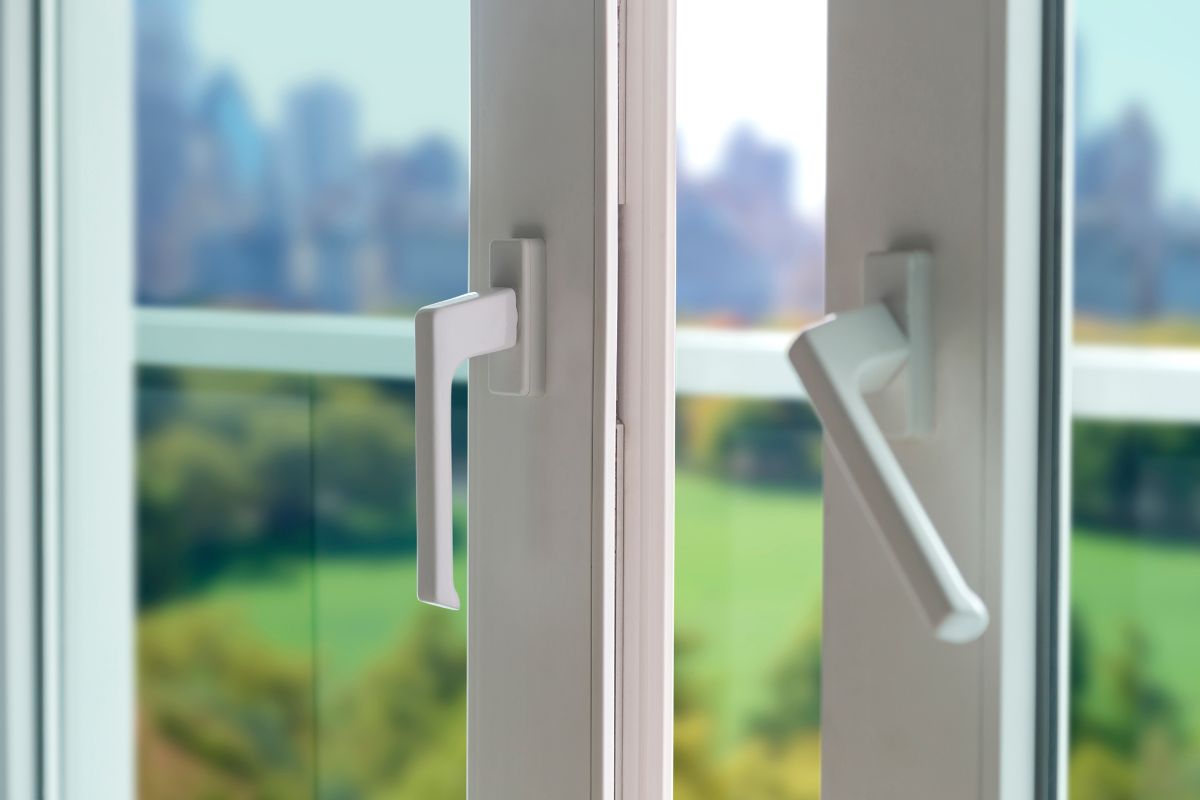Wood windows are prized for their timeless beauty and classic appeal, elevating the charm of any home with their natural, elegant look. With proper care, wood windows last beautifully for decades, often enduring anywhere from 20 to 30 years. Their durability not only enhances your home’s aesthetic but also its value, making them a worthy investment for those who appreciate the warmth and character of natural wood.
Understanding the Lifespan of Wood Windows
Wood windows, when subjected to meticulous care and regular maintenance, can be a long-lasting addition to any architectural style. Their durability largely depends on the quality of the wood, the construction of the window itself, and the environmental conditions to which they are exposed. Factors such as direct sunlight, moisture, and extreme temperature fluctuations can significantly shorten their lifespan by causing the wood to warp or split. Additionally, wood is susceptible to damage from insects like termites and carpenter ants, which can compromise the window’s structural integrity over time.
Maintenance: Key to Longevity
The secret to maximizing the lifespan of wood windows lies in consistent and thorough maintenance. Regular cleaning, timely painting or staining, and vigilant inspections for signs of damage are crucial. It is recommended to apply a fresh coat of paint or sealant every few years to protect the wood from moisture and to prevent decay. Keeping the windows clean and free from dirt and debris also helps prevent the buildup that can lead to wood rot.
Signs That It’s Time for Replacement
Even with the best care, wood windows will eventually show signs of aging. Here are a few indicators that it might be time to consider replacing them:
- Peeling Paint: This often results from water infiltrating the wood, causing it to expand and contract, which eventually leads to cracking and peeling.
- Rotting Wood: Continuous exposure to moisture can cause the wood to deteriorate, leading to rot.
- Difficulty Operating: If your windows are hard to open or close, it could be due to warping or damage to the window’s components.
When you notice these signs, it’s crucial to assess whether repairs might suffice or if it’s time for a full replacement.
Choosing the Right Time for Replacement
Deciding when to replace wood windows isn’t just about aesthetics or operation; it’s also about efficiency and home value. If your windows are single-pane or poorly insulated, replacing them with more modern, double-pane wood windows can enhance energy efficiency, leading to lower heating and cooling costs. Additionally, new windows can significantly boost your home’s curb appeal and market value, especially if you plan to sell in the near future.
In Summary
While wood windows can add unmatched beauty and character to your home, their longevity and performance heavily depend on the level of care they receive. By understanding the factors that affect their lifespan and recognizing the signs of necessary replacement, you can make informed decisions that ensure your home remains beautiful, comfortable, and efficient for years to come.
For those considering new wood windows or facing the decision of whether to repair or replace, keeping these insights in mind will guide you toward making the best choices for your home’s needs and aesthetics.
If you need further guidance or are ready to explore your options, please feel free to contact us. We are here to help you ensure that your wood windows last, preserving the charm and value of your home for many years to come.






